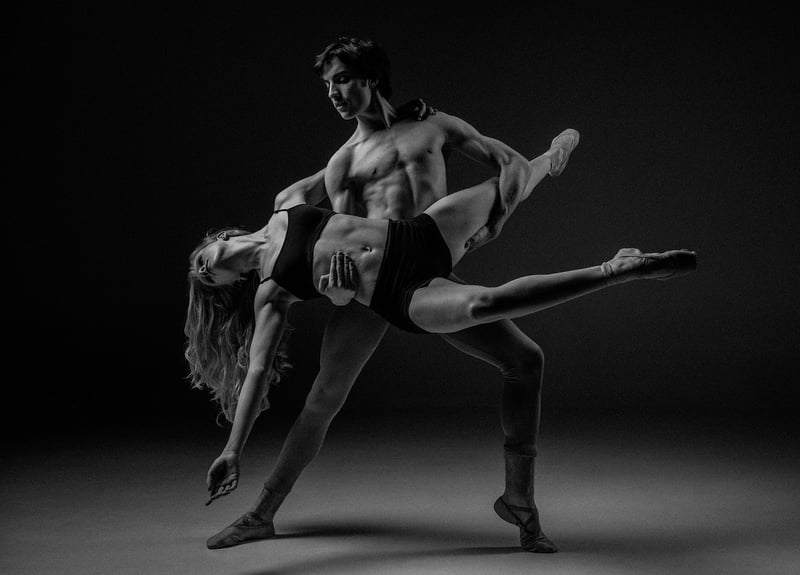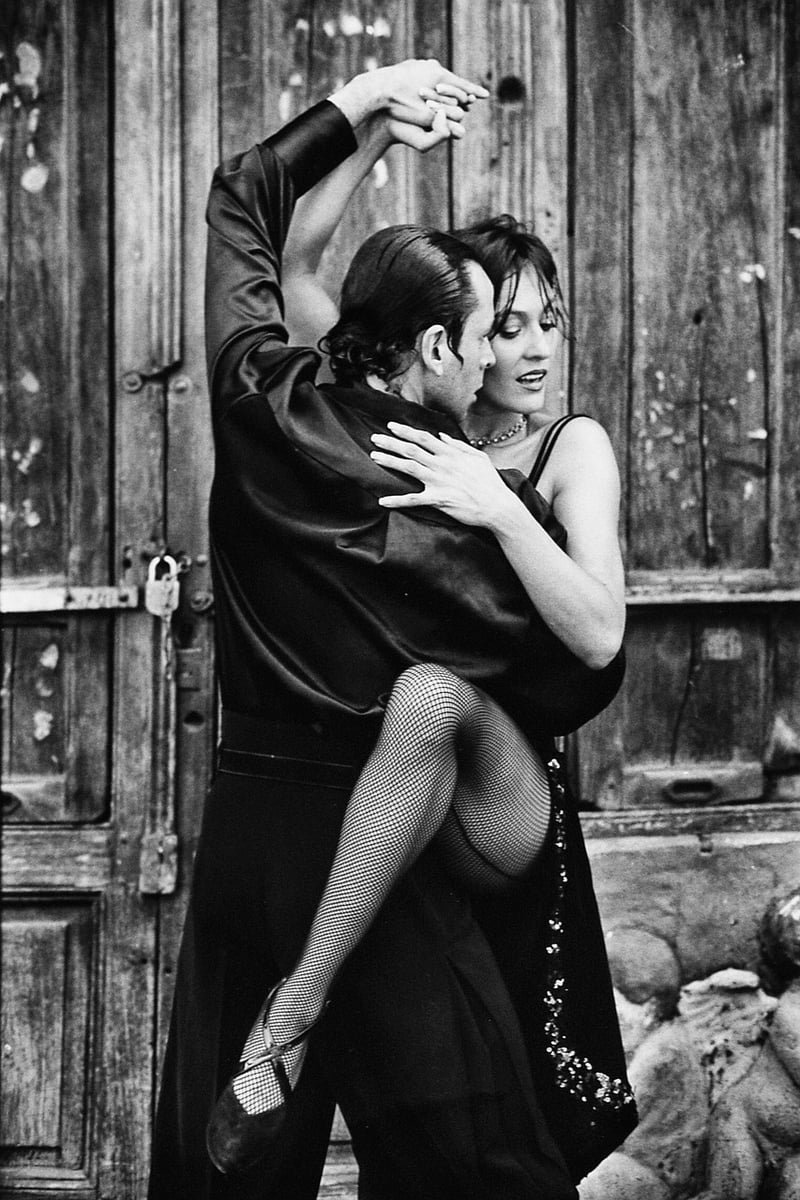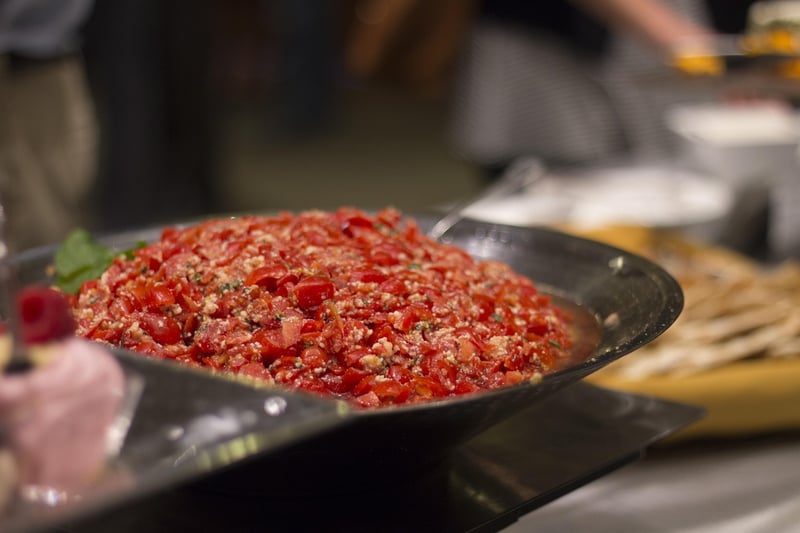Salsa
The Art of Expressive Movement: Exploring Salsa Dance

Salsa dance is a vibrant and energetic form of movement that combines intricate footwork with expressive body movements. It originated in the Caribbean and Latin America, with influences from Cuban Son, cha-cha-cha, mambo, and other dance styles.
History of Salsa Dance
Salsa emerged in the mid-20th century in Cuba and Puerto Rico, fusing African and European dance styles. It gained popularity in the United States in the 1970s and has since become a global phenomenon, with salsa clubs and festivals held worldwide.
Key Elements of Salsa
- Rhythm: Salsa is danced to a distinct eight-beat pattern, with quick steps and pauses that syncopate with the music.
- Partner Connection: Salsa is often danced with a partner, requiring strong communication and connection through the hands and body.
- Body Movement: Salsa involves hip movements, shoulder shimmies, and fluid arm motions to add flair and style to the dance.
Benefits of Salsa Dance
Salsa dance offers a range of physical and mental benefits, including:
- Improved cardiovascular health
- Enhanced coordination and balance
- Stress relief and mood elevation
- Increased self-confidence and social connections
Getting Started with Salsa
Whether you're a seasoned dancer or a complete beginner, salsa dance classes are a fantastic way to learn this dynamic art form. Many dance studios and community centers offer salsa classes for all levels, so you can start mastering the basic steps and progressing to more advanced moves.
Put on your dancing shoes, feel the rhythm of the music, and let the passion of salsa dance ignite your soul!
Ready to dive into the world of salsa dance? Find a local class and unleash your inner dancer!

Image sources: Pixabay - Salsa Dance, Pixabay - Salsa Dance Class
